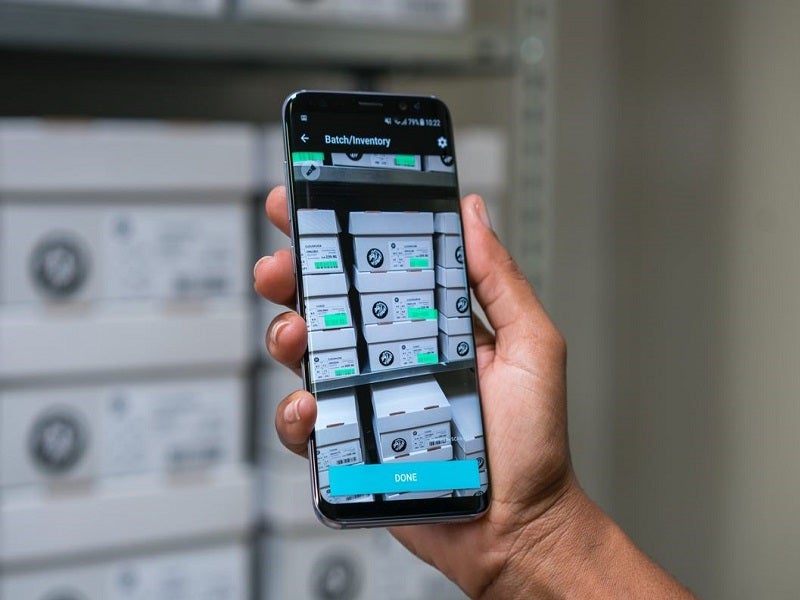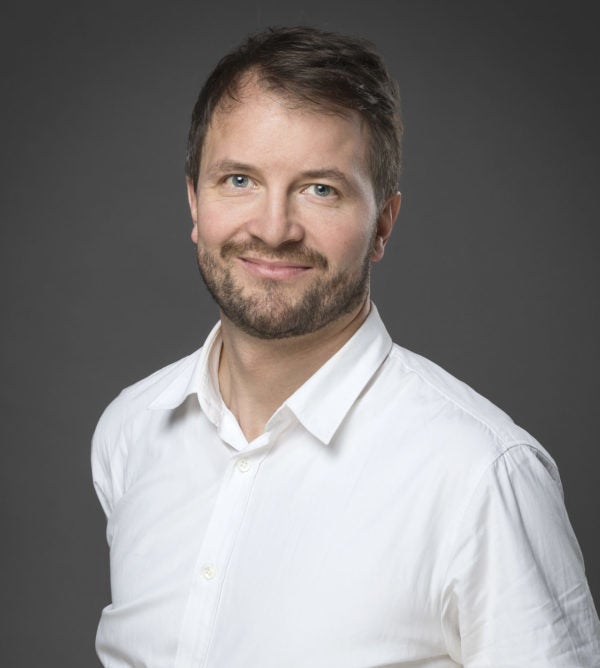
Christian Floerkemeier is the CTO and vice president of product at Scandit, a company that develops software for mobile computer vision and augmented reality (AR) solutions for enterprises.
It combines barcode scanning, text recognition, object recognition and AR for use on any camera-equipped smart device. This can range from smartphones to drones, wearables and robots. Its goal is to change the way consumers interact with everyday objects by augmenting the physical world with real-time data from scanning barcodes.
Scandit, co-founded by Floerkemeier in 2009, says its software is used to make “billions” of scans per year across more than 100 million active mobile devices.
In this Q&A, the 25th in our weekly series, Floerkemeier explains what AR needs to do to become more than a buzzword, how to “separate the success stories from the sideshows” and how the pandemic is keeping Scandit busy.
Tell us a bit about yourself – how did you end up in your current role?
I am the CTO, VP Product and one of the three co-founders at Scandit. I look after product strategy and development, solution consulting and product marketing. So that’s everything around what we do strategically, how we position ourselves in the market and how we sell to customers.
Before Scandit I was a member of the MIT research team that developed the RFID technology in use today in major supply chains, and I co-founded an open-source RFID software business. I was the technical program chair of the Internet of Things Conference in 2008.
What’s the most important thing happening in your field at the moment?
It’s the impact of Covid-19 … firstly with our retail and delivery customers needing to ramp up capacity to cope with the massive spike in online orders, click and collect and home deliveries.
And secondly, looking for digital tools to create “contactless retail” to maintain the new safety regulations and ensure customers and employees feel comfortable walking into stores.
So we’re helping customers accelerate plans to offer self-scanning and Scan-and-Go mobile apps, where customers use their own smartphone to shop in a store. The same applies to staff who fulfil online orders. They much prefer to use an individual smartphone with a barcode scanning app than a shared scanning device for tasks like order picking and click & collect.
The other trend is the growth in BYOD (bring your own device) policies that enable delivery and retail companies to quickly flex workforce numbers up and down to meet fluctuations in demand.
Which emerging technology do you think holds the most promise once it matures?
AR has become a buzzword that people have been anticipating for a long time. To truly reap the benefits, it needs to create lasting value for customers. While the evolution of AR is very technologically dependent, the game-changer will be when wearable devices, such as digital eyewear, gain credible AR capabilities, to create lasting value and enhance the user experience.
That said, we already offer AR overlays with barcode scanning software and this blend of the physical and digital brings significant cost and efficiency benefits to operations.
How do you separate hype from disruptor?
Driving digital transformation focused on humans was established as a way to separate the success stories from the sideshows. If a technology is to take off, it must meet the human needs of your customers and employees, and actually make things simpler, faster or more convenient for them.
Where did your interest in tech come from?
My father was an engineer and I was exposed to computers and technology from a fairly young age.
 Christian Floerkemeier is the CTO of Scandit.
Christian Floerkemeier is the CTO of Scandit.
What does a typical day look like for you?
I try to start my day with some kind of exercise because I hardly ever manage to exercise after work. On the weekdays where I drop off my daughter at kindergarten, I will make breakfast for her and get her ready for the day. I start my workday usually around 8.00- 8.30 am.
I have weekdays with lots of 1-1 meetings with people on my team and other weekdays where I reserve time slots to work on selected topics. In Covid times, all customer meetings are now virtual and for US customers they tend to be in the afternoon and evening.
What do you do to relax?
Exercise is the best way for me to switch off and relax. I enjoy regular mountain biking, trail running and kettlebell workouts.
What’s the biggest technological challenge facing humanity?
Given the current times, I guess it might be finding a vaccine that is safe, provides long-lasting immunisation against Covid-19 and that can be produced in very large quantities to be administered quickly in communities around the world.
Read more: CTO Talk: Q&A with Acquia’s Dries Buytaert
Global Construction Outlook to 2024 (COVID-19 Impact)

Our parent business intelligence company